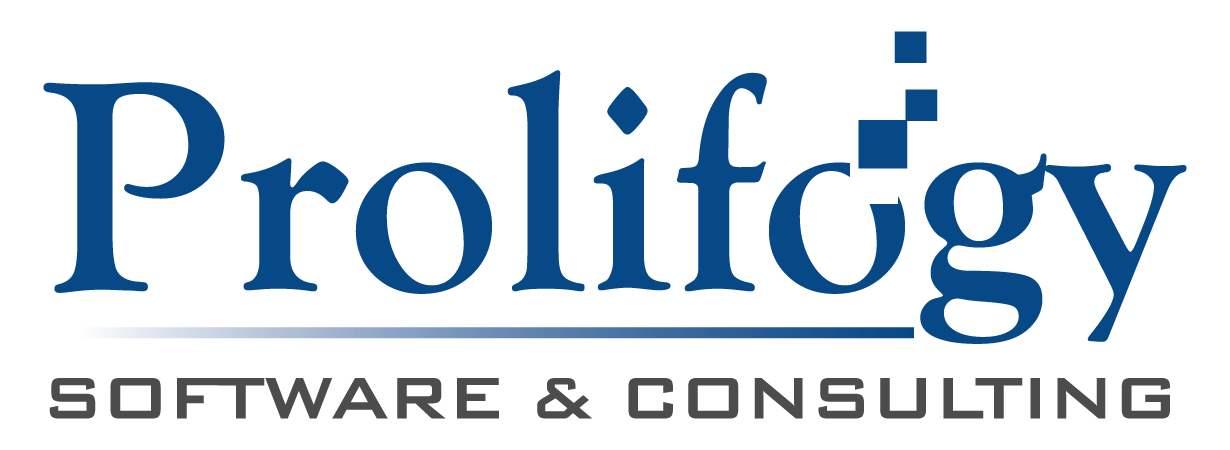Finding Litigation Code Review Experts
The discovery phase of IP litigation often calls for a technical review of a software product. A code review is an activity conducted by an expert witness that involves reviewing the source code of a product to discover pertinent facts relevant to the case. The specific facts depend on the purpose of the review. In patent cases, the search may involve looking for specific functionality buried within a mire of source code. For copyright cases, it may involve searching for evidence of literal or non-literal copying.
Attorneys sometimes assume that any expert with competence in a particular programming language would be qualified to perform a code review. This is not necessarily true. Building software applications and performing forensic analysis of software applications are different activities, and indeed, are almost exact opposites. Developing new software involves writing source code based on ideas and understandings that already exist in the mind of the developer. Forensic analysis, on the other hand, requires the person to begin with zero knowledge and collect facts through investigation in order to gain an understanding of the product’s behavior. Ordinary software developers may not have an awareness of the consequences of making false assumptions during what is supposed to be an objective code review analysis.
